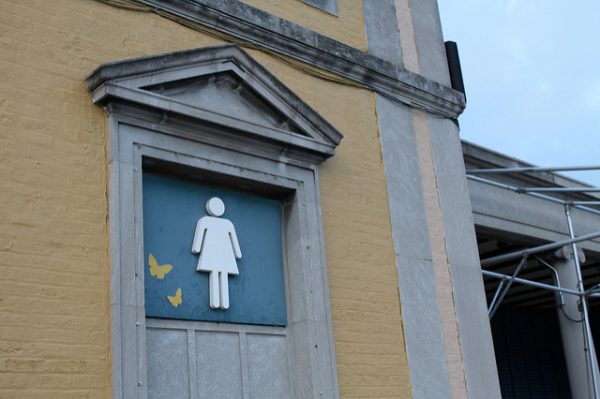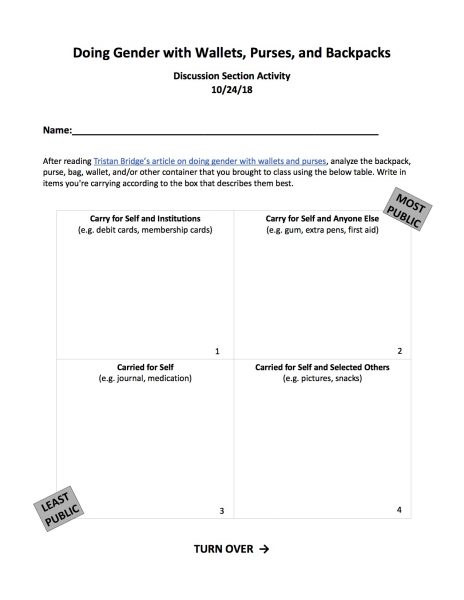
With the recent Oscar
win for Free Solo, many students
are likely to be interested in rock climbing. Jennifer
Wigglesworth’s research and recent post on Engaging Sports about the sexism in rock climbing route names
provides a perfect way to think about established concepts using popular
culture phenomenon.
This is an interactive activity designed to get students out into their own communities and seeing them with new eyes. During this three-part activity, students will think about history and specifically how naming practices privilege or marginalize certain groups and histories. The activity begins with a critical examination of a pop culture concept — rock climbing — and then asks students to broaden that idea by examining the geography they circulate every day. The lesson concludes with an academic reading on the broader history of imperial naming practices in the United States. This activity would be good for Introduction to Sociology, Sociology of Gender, Race and Ethnicity, Sociology of Sport, Sociology of Culture, Theory, and Urban Sociology.










